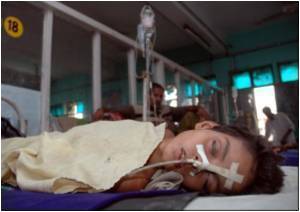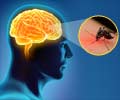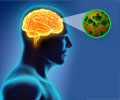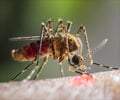
Talking to mediapersons, Jitendra Kumar Gupta, a family member of encephalitis-affected patient, said the child had been suffering for the past 11 days and his health was still critical.
"I admitted (the child) at 10 p.m on Friday. He was getting fits. Earlier, he was admitted in the ICU (Intensive Care Unit), and then, on Friday, the child was transferred here (in the encephalitis ward) in comatose state. He came to his senses on Saturday but is still not able to recognize anybody, and, he is crying," said Gupta.
According to media reports, over 7000 people have died of encephalitis in the last 32 years at the Gorakhpur Medical College Hospital.
"Around 40 to 50 patients get admitted (in medical college) daily, and out of which four to five children lose their lives everyday," said Balwant Kumar, a family member of another patient.
Meanwhile, the state health department has reportedly taken preventive measures such as immunization drives, fogging and spraying of mosquito-repellents in affected areas.
Advertisement
Encephalitis is caused by mosquitoes that breed in stagnant water. Its symptoms include headache, fever, confusion, drowsiness, and fatigue and the inflammation of the brain.
Advertisement











